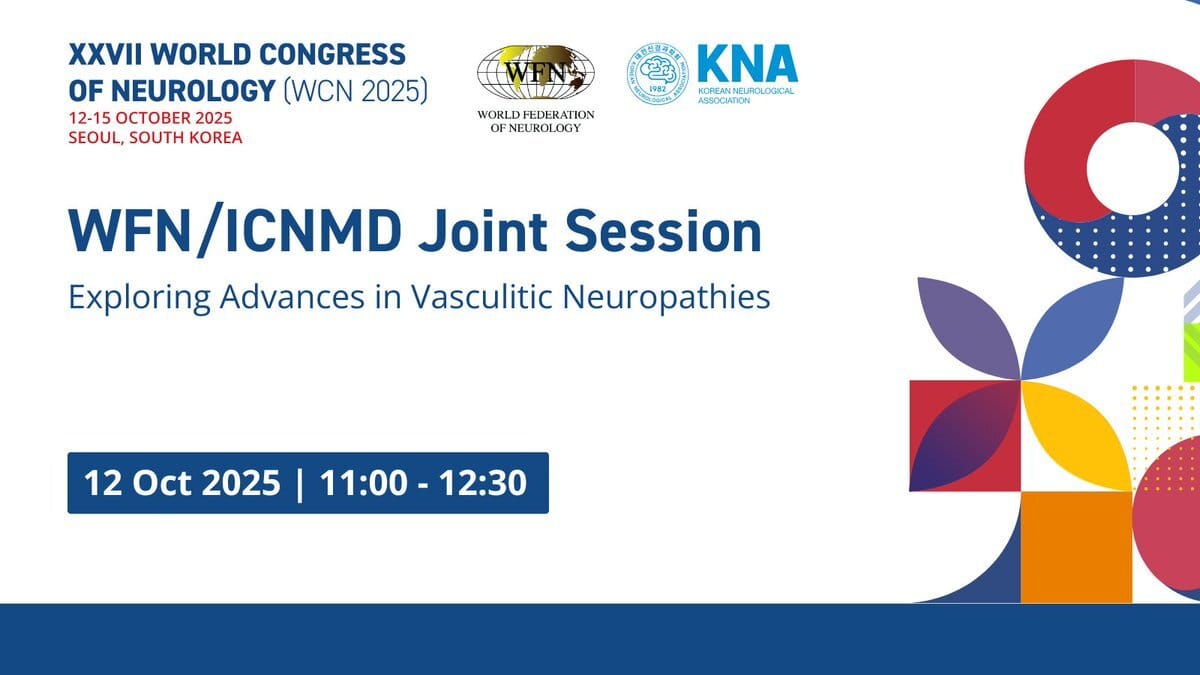- Brain, Spine & Beyond
- Posts
- Can AI Aid in the Management of Neurosurgical Conditions?
Can AI Aid in the Management of Neurosurgical Conditions?
BSB Beyond The Headlines
Advancements in Glioblastoma Management
What are the current guidelines in managing glioblastoma? Click the link to watch.
Deep Dive
Artificial Intelligence in Neurosurgery
This review highlights how artificial intelligence is reshaping neurosurgery by improving diagnostics, surgical planning, intraoperative decision-making, and education. AI tools have shown promise in reducing errors, enhancing real-time feedback, and assessing surgical skills through video and motion analysis. However, challenges like data bias, lack of transparency, and ethical concerns remain barriers to widespread use.
With these benefits and obstacles in play, how close are we to fully integrating AI into everyday neurosurgical practice?
|
Your Neuro Take
Diagnostic Doctor 🩺
So how would you treat this, doc? Follow us on LinkedIn for more.
Neuro Nuggets
Secondary Causes of Headaches in Pediatrics
What are the secondary causes of headaches in children? Click here to find out.
SNOP3Y Mnemonic Outlining Red Flags for a Secondary Cause of Headaches in Pediatric 🚩
📖 Reference: Pediatric in Review
#Pediatric#Neurology 🧠— Pediatric on Squares (@OnSquares)
7:59 AM • Mar 12, 2025
Neuro Calendar
XXVII World Congress of Neurology
Click below to join the WCN 2025 Conference in Seoul, October 12-15, 2025!
Brain Conference 2025
Join the Sixth Annual Brain Conference in London on 2025. Click below to apply.
Frontiers in Innovation and Market
Firefly Neuroscience, Inc. (AIFF) Advances AI-Driven Brain Health Research with New Partnership
Firefly Neuroscience (AIFF) is advancing its AI brain health platform by partnering with NVIDIA and contributing to clinical trials for vascular dementia. The company also secured $8.8 million through warrant exercises, extending its cash runway into mid-2026.
Beyond
Addressing Conflicts at workplace
The CIPD guide offers practical strategies for managers to address workplace conflict and bullying. It emphasizes early intervention, open communication, and fostering a respectful work environment. Managers are encouraged to recognize signs of conflict, facilitate constructive conversations, and implement clear policies to prevent issues from escalating. The guide also highlights the importance of training and support for managers to handle such situations effectively.






